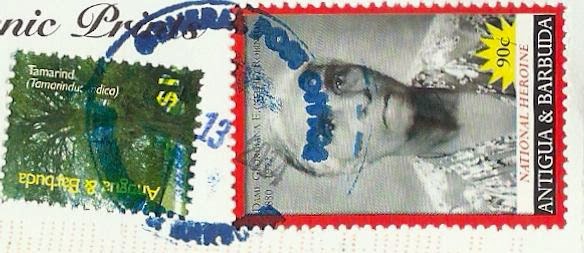Florence (Firenze).
Sent by Cristine from Florence, Italy.
Starting in the 15th century, Florence exerted a powerful influence on the development of architecture and the monumental arts, first in Italy, and then throughout Europe. The historic centre attests in an exceptional manner, and by its unique coherence, to its power as a merchant-city of the Middle Ages and the Renaissance. Between the 14th and 17th centuries it was covered with prestigious buildings which illustrated the munificence of the bankers and princes.
Founded in 59 BC as a Roman colony known as Florentia, only in the 11th century did the free commune of Florence begin to succeed - both politically and economically - where other cities of Tuscany had failed, with the slow but unrestrainable process culminating in the annexation of Siena in 1557. In the 15th century, the city reached the apex of its splendour, thanks partly to the presence in Florence of such geniuses as the architects Filippo Brunelleschi and Leon Battista Alberti, the painters Masaccio, Paolo Uccello and Sandro Botticelli, and the sculptors Donatello, Lorenzo Ghiberti and Luca della Robbia, as well as the unforgettable Michelangelo Buonarotti and Leonardo da Vinci.
As early as the 15th century, the republican government was abolished and the Medici dynasty took over. Despite repeated attempts (all unsuccessful) to restore the republic, the Medicis ruled the Grand Duchy of Tuscany until it died out in 1737. Rule then passed to the Lorraine family, which remained in power until 1859 when Florence was annexed by the Kingdom of Italy. It was the political capital of Italy between 1865 and 1870, in addition to being the cultural capital.
Built over the Roman city, the historic centre of Florence may best be described as a treasure chest of works of art and architecture. Defined by the 14th-century walls, and built up thanks to the enormous business and economic power which Florence achieved, the two succeeding centuries were Florence's golden age. The spiritual focus of the city is the Cathedral Piazza of Santa Maria del Fiore, with Giotto's campanile on one side and the Baptistry of St John in front, with the Gates of Paradise by Lorenzo Ghiberti. Going north from here, one comes across the Palazzo Medici-Riccardi by Michelozzo and St Lawrence's Basilica by Brunelleschi with the sacristies inside designed by Donatello and Michelangelo. Further on are the Museum of St Mark's, with Fra Angelico's masterpieces, the Galleria dell'Accademia with Michelangelo'sDavid (1501-4) and the Santissima Annunziata Piazza with the Lodge of the Holy Innocents by Brunelleschi. On the south side of the cathedral is the political/cultural centre of Florence, with the Palazzo Vecchio and the Galleria degli Uffizi nearby. Close to these are the Museo del Bargello and the Basilica of the Holy Cross. Across the Ponte Vecchio is the Oltrarno quarter, with the Pitti Palace and Boboli Gardens. Still in the Oltrarno, mention must be made of the Holy Ghost Basilica by Filippo Brunelleschi and the Carmelite Church, with its frescoes by Masolino, Masaccio and Filippino Lippi. To the west of the cathedral are the imposing Strozzi Palace and the Basilica of Santa Maria Novella, its facade designed by Leon Battista Alberti.
The historic centre may be admirably viewed in its entirety from the surrounding hills, especially Piazzale Michelangelo (just under the Romanesque Basilica of San Miniato), or Fiesole, both of which offer some of the most spectacular views in the Arno valley. (Source)

































